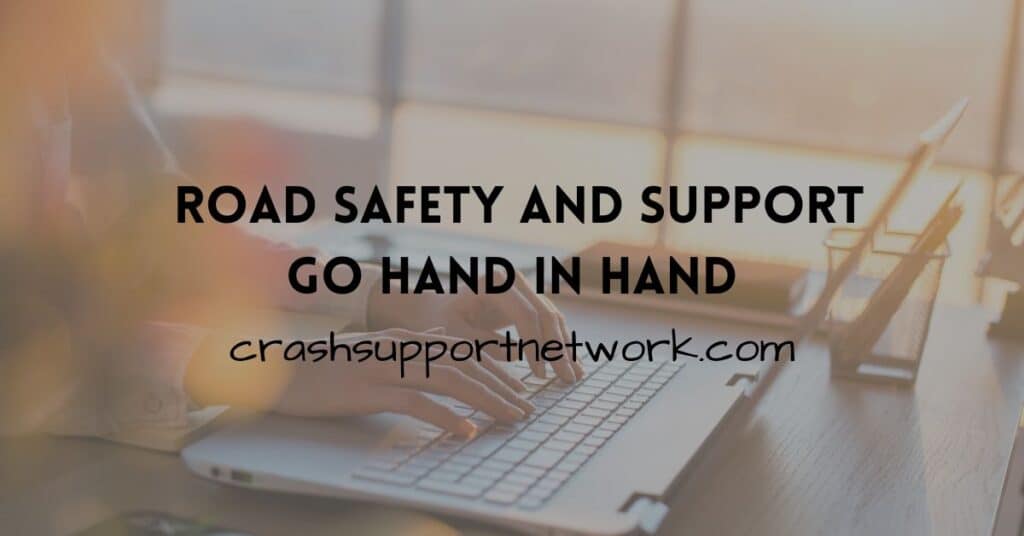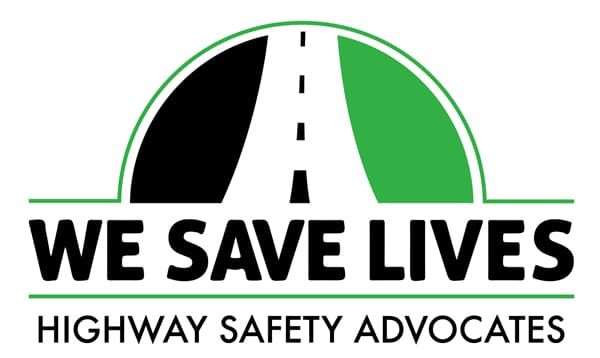
Road safety is crucial. As a survivor of a horrific motor vehicle crash, I’ve experienced firsthand the emotional trauma, physical pain, feelings of loss, financial struggles, insurance denials, constant medical appointments and the life-changing impact a crash can have. There is also an overwhelming realization that your life could have ended in an instant. I used to believe that being a safe driver was enough. I followed the rules. I was cautious. I was a good driver. I never imagined I’d be involved in a crash — until I was.
Surviving a crash changes you. It’s not just the physical recovery, though that alone can be grueling. It’s the emotional weight, the mental toll, and the shift in perspective that stays with you long after the crash scene is cleared. For many, the trauma doesn’t end at impact. And for families who lose loved ones in fatal crashes, the road to healing is long, uncertain, and deeply personal. That’s why I’ve come to believe that road safety and emotional support must go hand in hand. The lessons I’ve learned have made me more determined than ever to help others avoid the same fate. Here are some road safety tips that can save lives including yours.
Always Wear Your Seatbelt
It’s the simplest piece of advice but one that saved me from more serious injuries. If I hadn’t been wearing my seatbelt, I might not be writing this today. Seatbelts are proven to reduce the risk of death and injury in a crash by up to 50%. It may seem like a hassle to click it every time, but in those critical seconds, your seatbelt could be the difference between life and death. Always wear your seatbelt, no matter how short the drive.
Don’t Use Your Phone While Driving
Distracted driving is a major cause of motor vehicle crashes and was the reason I was seriously injured in a crash and all it took was one second. Even taking your eyes off the road for a split second can result in disaster. If you need to take a call or send a message, pull over and stop in a safe place. No message or phone call is worth risking your life and others on the road.
Obey Speed Limits
Speeding drastically increases the chances of a severe crash. The faster you go, the less time you have to react to obstacles or sudden changes in road conditions. Driving at or below the speed limit gives you a better chance to stop safely in an emergency.
Be Extra Cautious in Bad Weather
Rain, snow, fog, or ice can make driving conditions dangerous. Always adjust your speed and driving behavior when the weather is less than ideal. Give yourself more time to react, and increase the distance between you and the car in front of you.
Stay Alert and Avoid Fatigue
Drowsy driving is as dangerous as drunk driving. If you feel sleepy, pull over and rest, or better yet, take turns driving with someone else.
Check Your Vehicle Regularly
Car maintenance is essential for road safety. Tires, brakes, lights, and fluid levels should be inspected regularly to ensure your vehicle is in optimal condition. It’s better to take a few minutes to check before heading out than to face a breakdown or worse, a motor vehicle crash. Get your car checked regularly, especially before long trips.
Keep a Safe Following Distance
Tailgating increases the risk of a rear-end collision. Leaving a proper following distance gives you more time to react if the car in front of you suddenly brakes. A safe rule of thumb is to maintain at least three seconds of distance between you and the car ahead.
Use Your Indicators
Communicating with other drivers is key to avoiding collisions. Whether you’re changing lanes or turning, make sure to signal early enough so other drivers can react accordingly. Many crashes happen when drivers fail to signal, leaving drivers or even pedestrians unsure of their intentions.
Stay Sober Behind the Wheel
Driving under the influence is not only illegal—it’s incredibly dangerous and is one of the leading causes of collisions. If you’ve been drinking or using any substance that impairs your judgment, don’t drive. Designate a driver or use a ride-sharing service.
Stay Calm and Focused
Lastly, staying calm and focused on the road is crucial. Panicking or letting emotions affect your driving can cloud your judgment and reaction time. Whether it’s road rage, frustration, or just feeling rushed, it’s essential to keep a clear mind while driving. If you feel stressed or upset, take a few deep breaths and remind yourself that no destination is worth risking your safety.
My own recovery journey has taught me that healing can come through purpose. By speaking up, sharing my story, and supporting others, I’ve found strength and connection in places I never expected. We often talk about road safety in terms of rules, statistics, and campaigns — and that’s essential. But behind every crash report is a person, a family, a life altered forever. It’s about understanding what’s at stake: real lives, real pain and real resilience.
Being seriously injured in a motor vehicle crash is something no one should have to go through and we all have the power to make better choices behind the wheel to keep ourselves and others safe on the road. I hope these tips can help you avoid the heartache and pain that comes with a motor vehicle crash because road safety isn’t just about following the rules; it’s about taking responsibility for your own safety and the safety of others. Let’s all do our part to make the roads safer for everyone.
This Road Safety Blog is also featured in our 2025 Summer Issue of Sharing our Recovery.





